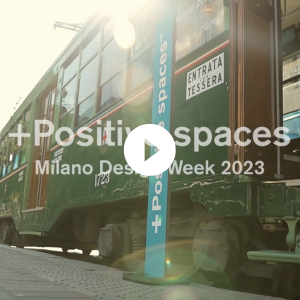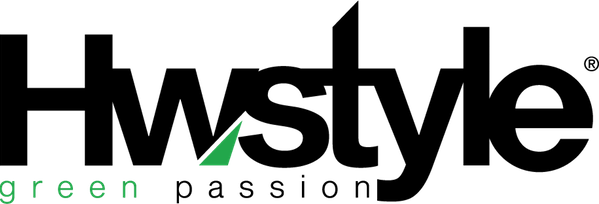The chromatic archetypes of mankind are three: the red of blood, the white of the day and the black of the night.
In the 20th century these colours were a powerful tool of political propaganda: red for the Left, white for the centrist parties, black for the Right. Colours found in the iconography of the totalitarian regimes of the early twentieth century: Nazism put them together, fascism identified with black, red became the emblem of communism.
The banner of peace, multicoloured and rainbow-like, dates back to the sixties.
The palette of politics in the 21st century
In the 21st century, a new palette of politics asserts itself, with less peremptory shades, that seem to mirror marketing strategies rather than political values.
The spectrum of blues is liked best. Green is also a topical colour and marks out the environmental movements, and it’s Islam’s holy colour. In Rome in 2009, during the “No Berlusconi Day” the purple people comes into being and from social networks it demolishes the prejudices associated to this colour.
Orange, already used by the protest movement in Ukraine in 2004, has recently taken the meaning of a will of political change in Italy.
The really trendy colour is grey, like the grisaille of premier Monti’s suits conveying a feeling of security and solidity. But grey is also related to something boring and depressing. From the cultural point of view, grey is the counterpart of green; the grey of the city as against the green of nature, the grey of old age as against the green of youth.
by Massimo Caiazzo (vice-president of IACC International Association of Colour Consultants)
















